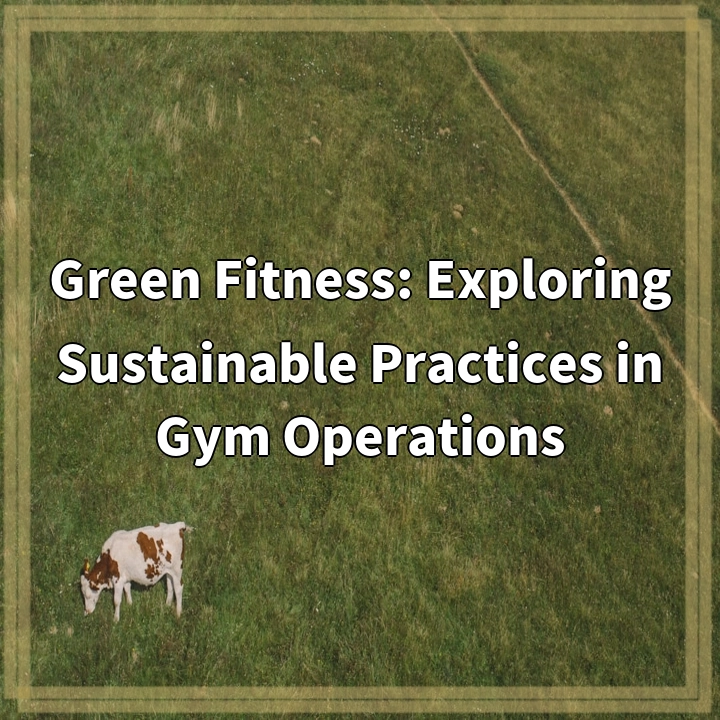
What are Green Educational Programs?
Green educational programs are initiatives aimed at integrating sustainability and environmental education into academic institutions, from preschools to universities. These programs go beyond traditional curriculum, incorporating comprehensive teaching methods and practical activities to instill knowledge and values that promote environmental stewardship.
Real-World Problems Associated with Green Educational Programs
While green educational programs are vital for fostering a more sustainable future, they are not without challenges. Here are some key real-world problems associated with these programs:
1. Limited Funding:
Securing adequate funding for green educational programs is often a challenge. Initiatives that promote sustainability require resources for implementing infrastructure changes, conducting field trips, and procuring materials and tools. Limited funding can hinder the effective implementation and expansion of these programs.
2. Limited Access and Inequality:
Access to green educational programs is not always equitable. Schools located in underprivileged areas may lack the necessary resources, facilities, or trained teachers to offer comprehensive sustainability education. This can deepen existing social and educational disparities, denying certain students the opportunity to learn about and engage with environmental issues.
3. Resistance to Change:
Resistance from stakeholders, including administrators, teachers, students, and parents, can present a significant obstacle to the implementation of green educational programs. Concerns about curriculum overload, time constraints, and a focus on standardized testing often push environmental education lower on the priority list, despite its importance.
4. Limited Teacher Training:
Providing proper training and support to teachers is crucial for successful green educational programs. However, many educators lack the necessary expertise and confidence to teach sustainability topics effectively. Incorporating professional development opportunities and resources for educators is vital for overcoming this challenge.
5. Measuring Impact:
Measuring the impact and effectiveness of green educational programs can be complex. Traditional assessment methods might not capture the full range of benefits or changes in students’ attitudes and behaviors towards the environment. Developing appropriate evaluation tools and frameworks is essential for gauging the success and improving these programs.

Potential Solutions for Green Educational Programs
While there are challenges associated with green educational programs, there are also potential solutions that can help overcome these hurdles and enhance the effectiveness of these initiatives:
1. Increasing Funding:
Advocacy efforts are crucial to secure more funding for green educational programs. Engaging with local communities, businesses, and policymakers to highlight the importance of sustainability education can help attract financial support. Additionally, seeking grants and partnerships with environmental organizations can provide additional resources.
2. Promoting Equity and Accessibility:
To address disparities in access, it is important to prioritize equitable distribution of green educational programs. This can involve targeted outreach to underserved communities, collaborations with local organizations, and seeking funding specifically designated for schools in disadvantaged areas.
3. Building Awareness and Engagement:
Education advocacy campaigns can help raise awareness about the benefits of green educational programs. Engaging parents, students, and community members in discussions about the importance of sustainability education can generate support and encourage participation.
4. Enhancing Teacher Training:
Investing in professional development for teachers is essential. Offering training programs, workshops, and resources that focus on sustainability education can build educators’ confidence and competence in delivering effective lessons. Collaboration with universities and environmental organizations can provide valuable expertise.
5. Developing Effective Assessment Methods:
To measure the impact of green educational programs, it is necessary to develop assessment tools and frameworks that go beyond traditional metrics. Including qualitative measures, such as surveys, interviews, and observations, can provide a holistic understanding of students’ knowledge, behavior, and attitudes towards sustainability.















